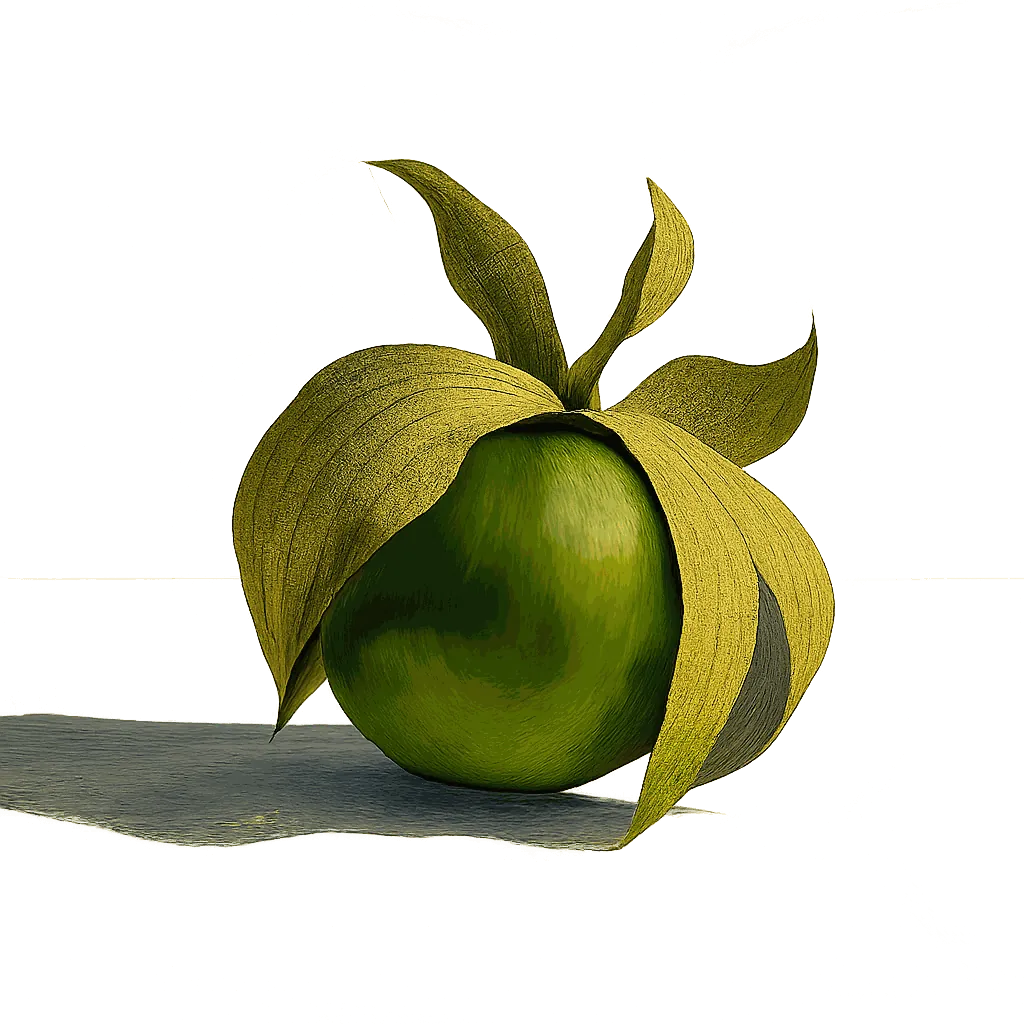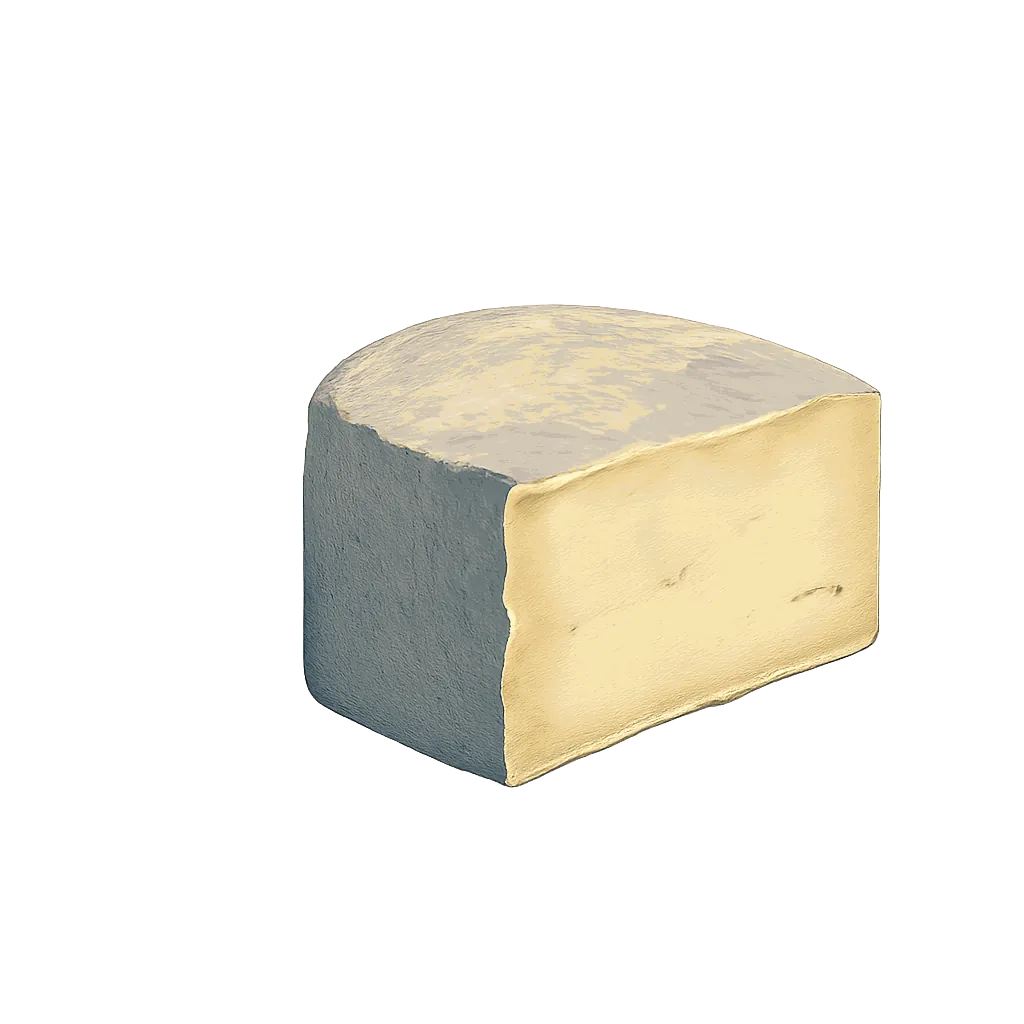Perfect Pairings & Recipes for
Vin De France

Analysing hundreds of thousands of recipes uncovers Vin de France's optimal flavour pairings.
Vin de France is marked by the unmistakable flavours of chalk and raspberry, yet its initial sweetness is only the overtone. Beneath lies a sophisticated tapestry of subtle blossom, elderflower, and the smoky earthiness of peat. These are the notes that lend it such remarkable, resonant depth. The culinary wizardry unfolds when we pair Vin de France with ingredients that let these nuances sing.
To map these harmonies, we analysed thousands of ingredients, breaking each one down across 150 flavour dimensions, identifying which notes complement and contrast. Our analysis reveals, for example, how pancetta's porcine tones enrich Vin de France, and how rosemary's rosmarinic notes create a surprising synergy with its bright sweetness.
Flavour Profile Of Vin De France Across 150 Dimensions Of Flavour
Flavour wheel chart showing the dominant flavour notes of Vin de France: Raspberry, Limestone, Peaty, Elderflower, Blossom, Pear, Plum, Tea-Like, Cherry, Violet, Cedar, Coconut, Burnt, Gamey, Brettanomyces, Oaky, Peach, Lychee, Blackberry, Banana, Pineapple, Coriander seed, Tannic, Butyric, Graphite, Raisin, Rose, Jasmine, Astringent, Yeasty, Maple, Acetic, Lavender, Cinchona, Hoppy, Thyme, Tomatoey, Anise, Ginger, Allicin, Walnut, Gentian, Grapefruit, Hibiscus, Leather, Passionfruit
An ingredient's flavour comes from its core characteristics, like floral, acidic, and nectarous, combined with its unique aroma notes (outer bars). When pairing ingredients, aim to include a broad variety of core characteristics for a balanced dish. And choose aroma notes that complement each other for a harmonious combination.
The Flavour Code
To understand how flavour notes harmonise, we analysed more than 50,000 popular ingredient combinations. By exploring these pairings, we identified specific flavour notes that frequently occur together, indicating they share a harmonious relationship.
The Flavours That Harmonise With Raspberry Notes
Strength of Association Between Flavours
The flavours most associated with raspberry notes are: Bovine, Rosemary, Copper, Resin, Ovine, Glutamic, Musky, Bay leaf, Pine, Ferrous, Pimenta, Proteolytic, Peppercorn, Camphor, Dried Porcini.
Our analysis shows that the flavour of raspberry is strongly associated with the flavour of rosemary. This suggests we should look for ingredients with a rosemary flavour, such as rosemary, when pairing with the berry-like aromas of Vin de France.
The recipes below provide inspiration for pairing Vin de France with rosemary.
Harmonious Flavours Of Vin De France
Just as our analysis highlighted that raspberry and beefy flavour accents frequently pair together, we can identify the full profile of flavours that harmonise with each of the flavours present in Vin de France. For instance, the peaty notes of Vin de France are strongly associated with gamey and fatty notes.
The aromas associated with the various aromas of Vin de France can be seen highlighted in the pink bars below.
Flavour Profile Of Vin De France And Its Complementary Flavour Notes
Flavour wheel chart showing the dominant flavour notes of Vin de France: Raspberry, Limestone, Peaty, Elderflower, Blossom, Pear, Plum, Tea-Like, Cherry, Violet, Cedar, Coconut, Burnt, Gamey, Brettanomyces, Oaky, Peach, Lychee, Blackberry, Banana, Pineapple, Coriander seed, Tannic, Butyric, Graphite, Raisin, Rose, Jasmine, Astringent, Yeasty, Maple, Acetic, Lavender, Cinchona, Hoppy, Thyme, Tomatoey, Anise, Ginger, Allicin, Walnut, Gentian, Grapefruit, Hibiscus, Leather, Passionfruit
Matching Flavour Profiles
The flavour profile of pancetta offers many of the aromas complementary to Vin de France, including porcine and fatty notes. Because the flavour profile of pancetta has many of the of the features that are complementary to Vin de France, they are likely to pair very well together.
Prominent Flavour Notes Of Pancetta Are Represented By Longer Bars
Flavour wheel chart showing the dominant flavour notes of Pancetta: Porcine, Proteolytic, Porcini, Adipose, Oyster, Ovine, Glutamic, Tomatoey, Asparagus, Bovine, Poivre, Oleic, Thyme, Sage, Bay leaf, Rosemary, Allicin, Mustard, Corn, Musky, Rice, Poultry, Potato, Fishy, Buttery, Butyric, Eucalyptol, Olivey, Capsaicin, Squash, Celery, Koji, Saline
The chart above shows the unique profile of pancetta across 150 dimensions of flavour, while the recipes below offer inspiration for bringing these flavours together with Vin de France.
Recipes That Pair Vin De France With Pancetta
Linked Flavour Notes
Looking at the aroma notes that are most strongly associated with the various flavours of Vin de France, we can identify other ingredients that are likely to pair well.
Vin De France's Harmonious Flavours And Complementary Ingredients
Vin de France's Strongest Flavours
Complementary Flavours
Ingredients with Complementary Flavours
Flavour groups:
Nectarous
Acidic
Floral
Herbal
Vegetal
Maillard
Earthy
Carnal
The left side of the chart above highlights the aroma notes of Vin de France, along with the complementary aromas associated with each note. While the right side shows some of the ingredients that share many of the aromas complementary to Vin de France.
Prominent Pairings
Our analysis identifies dishes that pair well with Vin de France and highlights the prominent ingredient combinations within these recipes. Key pairs include white wine vinegar and sherry vinegar offering sharp acidity, shallot and flat-leaf parsley for herbalness, onion and carrot for radicular depth, and extra virgin olive oil and Dijon mustard for a complex sinapic undertone. Explore these combinations to unlock Vin de France's hidden complexity, reveal deep nuance, and elevate its vibrant character.
Ingredient Combinations Among Dishes That Pair With Vin de France
Flavour groups:
Sour
Herbal
Spice
Bitter
Umami
Which Fruit Go With Vin De France?
Choose fruit that carry its fruitiness or carry its soft floral aroma. Lemon and lemon zest offer vibrant, clean counterpoints, their verdant freshness lifting the palate. Orange zest add a gentle, oniony brightness, while lime introduces a sophisticated, anise-tinged elegance.
Alternatively, embrace fruit that harmonise with Vin de France's sweetness. The addition of lime juice, with its subtle malic notes, can complement the raisin beautifully, while preserved lemon lends a zesty aroma.
How Flavonomics Works
We've pioneered a unique, data-driven approach to decode the intricate art of flavour pairing. Our goal is to move beyond intuition and uncover the science of why certain ingredients harmonise beautifully. This rigorous methodology allows us to provide you with insightful and reliable pairing recommendations.
Our analysis begins with over 50,000 carefully selected recipes from acclaimed chefs like Galton Blackiston, Marcello Tully, and Pierre Lambinon. This premium dataset ensures our model distils genuine culinary excellence and creativity.
Each ingredient from these recipes is deconstructed across 150 distinct flavour dimensions, creating a unique numerical "flavour fingerprint." This quantification allows us to apply advanced analytical methods to identify complex patterns between flavour notes.
We identify popular ingredient combinations that frequently appear in our recipe database. Regression analysis is then performed on these pairings to statistically validate and pinpoint truly harmonious flavours.
These insights drive our predictive model, which allows us to take any ingredient (e.g., Vin de France), analyse its detailed flavour profile, and accurately reveal its complementary flavours and perfect ingredient partners.
Explore More
Discover more ingredient profiles and expand your culinary knowledge. Each ingredient page offers detailed analysis of flavour profiles, pairing insights, and culinary applications.
The content on our analysis blog is semi-automated. All of the words were manually written by a human, but the content is updated dynamically based on the data.


